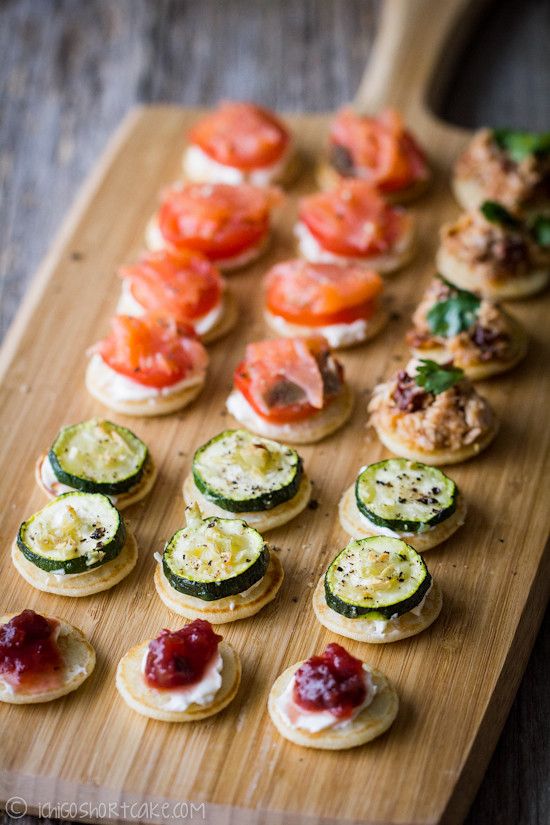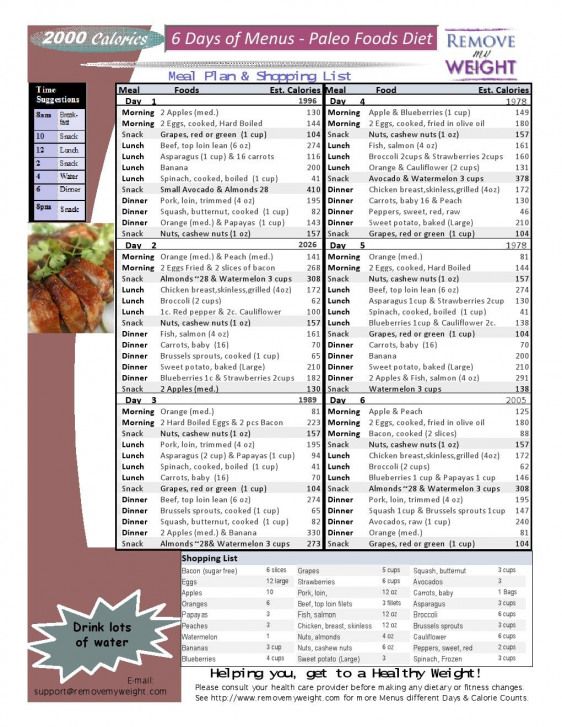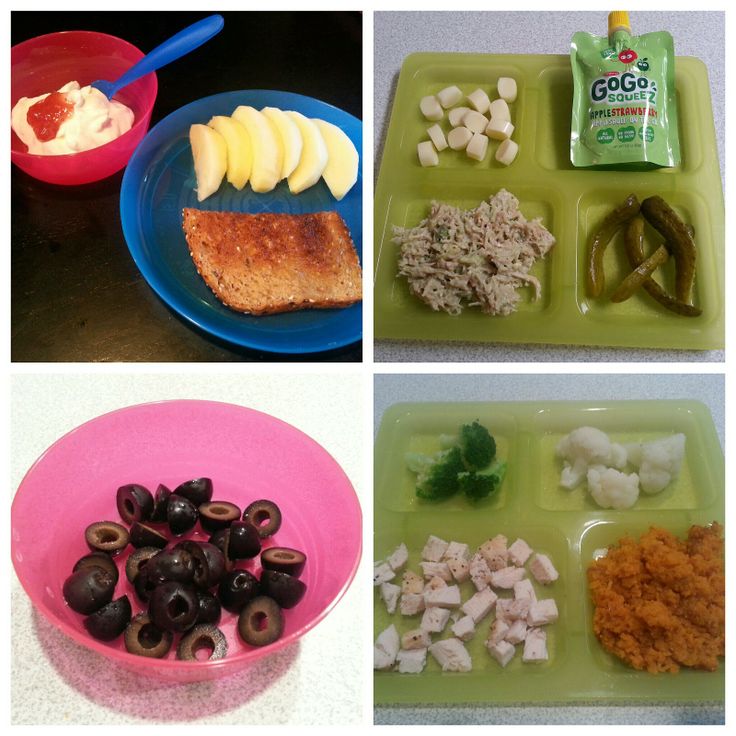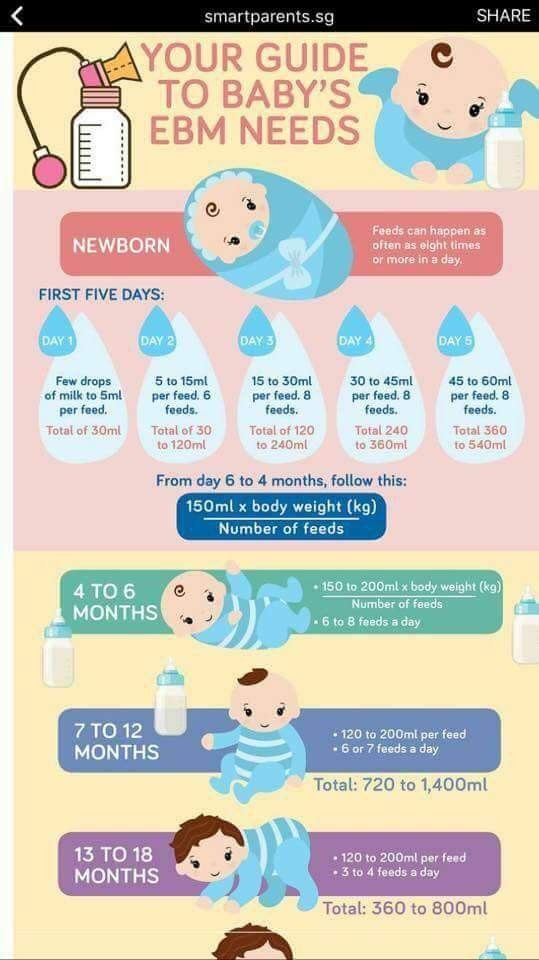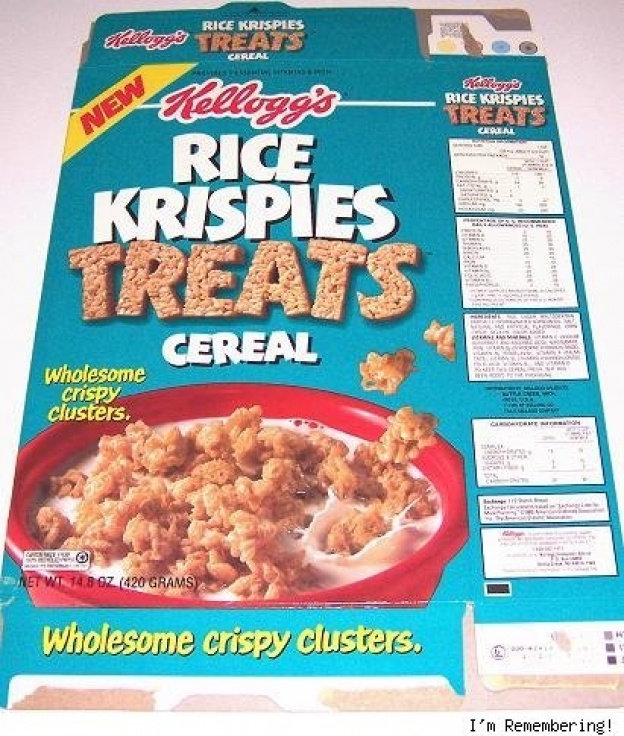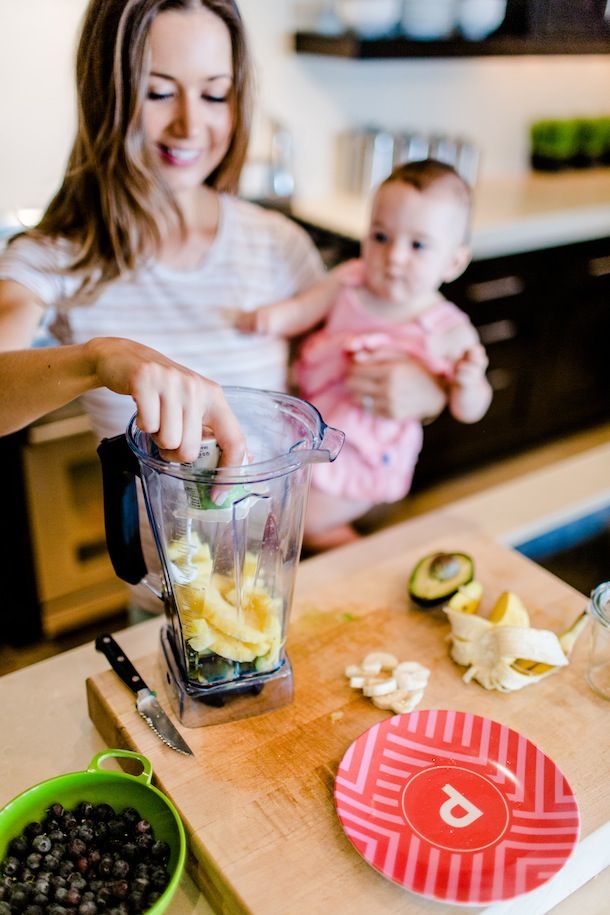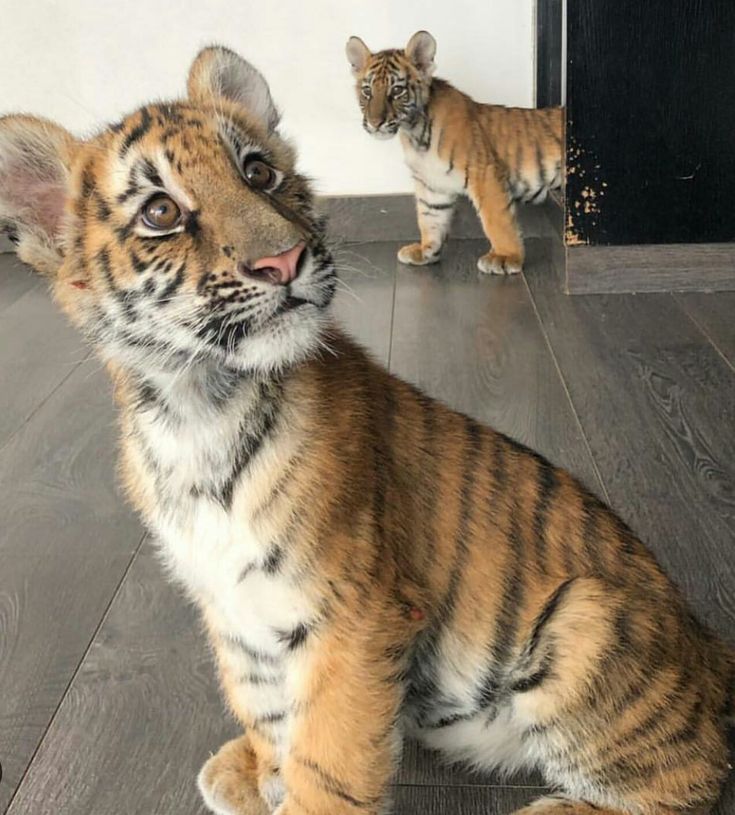Finger food recipes for 11 month old baby
Best Early Finger Foods for Baby (With Tips, Visuals, and Recipes)
Use this list of safe, nutritious, and easy to eat finger foods for baby to help you know exactly what (and how) to offer at meals and snacks. Plus, find the best first finger foods, troubleshooting tips, and visuals of foods broken down by food group to keep things easy!
Finger Foods for Baby
After baby starts solids and is ready to move onto finger foods, you may feel a little confused by exactly what to serve and how to serve it. Which is totally normal because it can be scary to let baby feed themselves this way and we may not have any experience doing this—or we may have totally forgotten from our last kiddo!
This list of finger foods for baby will cover some great first finger foods to start with, then set you up with plenty of healthy options from each food group.
TIP: Find more info on starting solids here and the best foods to start with if doing baby led weaning or purees with baby.
Healthy Baby Food
I love sharing these ideas for baby food since they are easy to prepare and serve and because I know how hard it can be to continue to come up with flavorful and healthy meals and snacks for our little ones. Let me tell you, I’m on my third kiddo and it can be such a challenge to feed him during the chaos of parenting the rest of my crew! These foods are wholesome and nutritious—perfect for your baby.
TIP: I’m a big fan of SpoonfulONE, a company that offers the most complete way to introduce food allergens to our kids. They make mix-ins, puffs, and crackers that are yummy and easy for babies and toddlers to eat. Learn more about their pediatrician-approved baby foods here. (sponsored link)
Best First Finger Foods
When baby is around 9 months, you’ll notice that they’re able to pick up smaller pieces of food with two fingers. This is known as the “pincer grasp” and is a sign that they’re ready to start finger foods.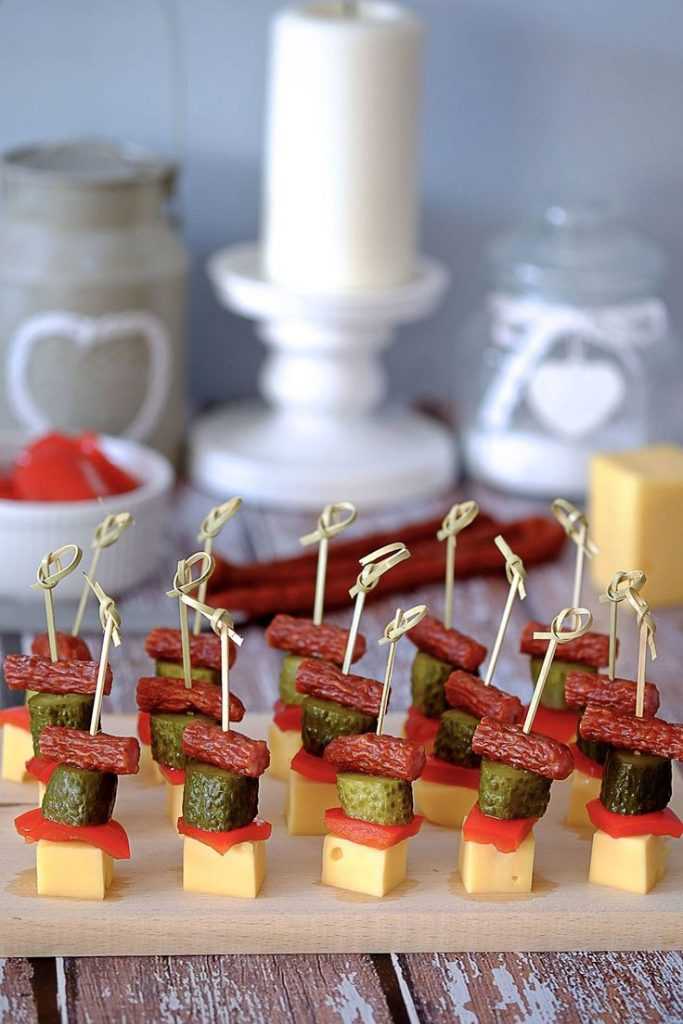 To be clear, when I say “finger foods” I mean small pieces of food that a baby (or toddler) can feed themselves.
To be clear, when I say “finger foods” I mean small pieces of food that a baby (or toddler) can feed themselves.
Here are some of my favorite ones to start with that are all super soft, safe to eat, and easy to pick up.
- Scrambled egg, broken up into small pieces
- Roasted sweet potato mashed and broken up into small pieces
- Fresh raspberries, broken up into smaller pieces
- Oatmeal, cooked according to package directions and allowed to cool
- Tofu, diced and sauteed lightly or steamed
- Ground beef, chicken, or turkey, broken up into small pieces or lightly mashed meatballs
- Shredded cheese or crumbled goat cheese
- Mashed sweet potato, in little pieces
- Peanut butter puffs
TIP: You can serve the tofu, ground meat, or meatballs in veggie puree from a pouch or a simple marinara sauce for extra moisture and flavor. Learn more about how and why to introduce peanut butter.
Finger Foods for Baby: Fruits and Veggies
Some of my favorite early fruits and veggies to serve babies are:
- Mashed roasted sweet potato, broken up into small pieces
- Warmed frozen peas, slightly mashed if desired
- Roasted Zucchini
- Diced Roasted Sweet Potato or Butternut Squash
- Fresh blueberries, cut in half or quarters
- Fresh raspberries, broken into small pieces
- Banana, broken into small segments (they are less slippery this way versus slicing them)
- Avocado, diced and mashed slightly (be sure it’s ripe and very soft)
TIP: A good rule of thumb is to serve pieces of food that are about the size of a pea to start and soft enough that they are easy to squish between your fingers.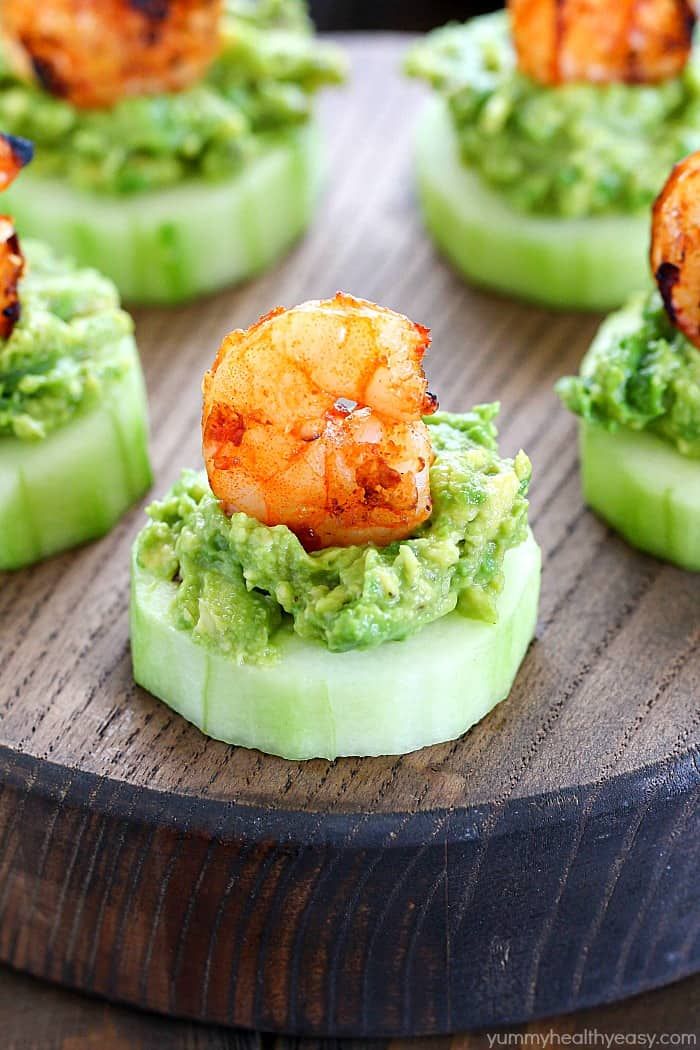 This will be easy for baby to pick up and eat and will also reduce chances of choking.
This will be easy for baby to pick up and eat and will also reduce chances of choking.
Finger Food Ideas: Carbohydrates
Offering complex carbohydrates can provide fiber, a variety of textures, B vitamins, and more. Try these with your baby.
- Spinach pancakes (moisten with applesauce or plain yogurt if needed; this recipe is particularly moist and great for babies)
- Oatmeal, cooked according to package directions and allowed to cool
- Baby Puffs
- Peanut Butter Puffs
- Rice (it’s easiest if it’s in little clumps so baby can pick it up; this Coconut Rice or this Cheesy Rice are both good options)
- Baby Banana Muffin
- O cereal (soften in nondairy unsweetened milk or yogurt as needed)
- Baked Oatmeal, diced
Finger Food Ideas: Proteins
Offering proteins will continue to expose baby to a range of nutrients. These are my go-tos for babies newer to finger foods—and toddlers too.
- Shredded cheese (thicker cuts are a little easier to pick up)
- Tofu, diced and sauteed lightly or steamed
- Flaked cooked wild salmon
- Lightly mashed meatballs
- Shredded chicken, cut up finely (we love this Butter Chicken to share with baby)
- Ground beef, turkey, or chicken, broken into smaller pieces
- Lightly mashed beans
- Scrambled eggs, broken up into small pieces
- Diced egg muffins
I’d love to hear any questions you may have, or if you have foods that your babies enjoy that I didn’t include here.
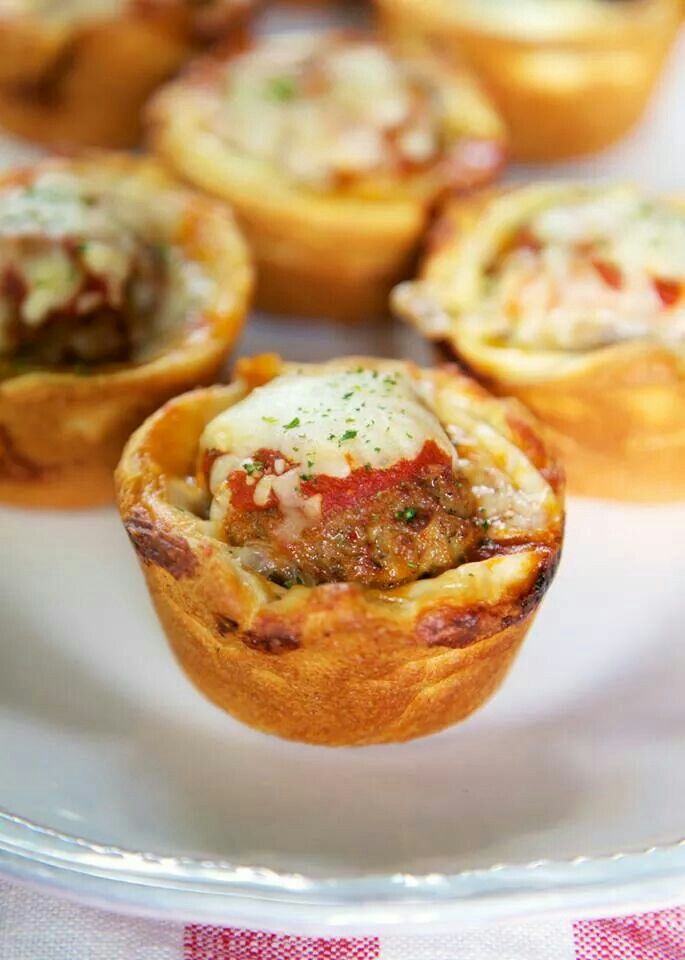 Chime in below in the comments!
Chime in below in the comments!Prep Time 5 minutes
Cook Time 5 minutes
Total Time 10 minutes
Author Amy Palanjian
Cuisine American
Course Baby Food
Calories 124kcal
Servings 1
First Finger Foods (choose 1-3 per meal)
- ▢ 1 Scrambled egg (broken up into small pieces)
- ▢ 1/4 cup Roasted sweet potato, mashed and broken up into small pieces
- ▢ 1/4 cup Fresh raspberries (broken up into smaller pieces)
- ▢ 1/4 cup Oatmeal (cooked according to package directions and allowed to cool)
- ▢ 2 tbsp Tofu (diced and sauteed lightly or steamed)
- ▢ 2 tbsp ground beef, chicken, or turkey, broken up into small pieces or lightly mashed meatballs
- ▢ 2 tbsp shredded cheese or crumbled goat cheese
- ▢ 1/4 cup Mashed sweet potato (broken into little pieces)
- ▢ 1/4 cup Peanut butter puffs
Fruits and Veggies
- ▢ 1/4 cup mashed roasted sweet potato (broken up into small pieces)
- ▢ 1/4 cup warmed frozen peas
- ▢ 1/4 cup Roasted Zucchini
- ▢ 1/4 cup diced Roasted Sweet Potato or Butternut Squash
- ▢ 1/4 cup blueberries (cut in half or quarters)
- ▢ 1/4 cup raspberries (broken into small pieces)
- ▢ 1/4 cup banana slices (broken into small segments—they are less slippery this way versus slicing them)
- ▢ 2 tbsp avocado (diced and mashed slightly—be sure it's ripe and very soft)
Whole Grains and Carbohydrates
- ▢ 1 Spinach pancakes (moisten with applesauce or plain yogurt if needed; this recipe is particularly moist and great for babies)
- ▢ 1/4 cup Oatmeal (cooked according to package directions and allowed to cool)
- ▢ 1/4 cup Baby Puffs
- ▢ 1/4 cup Peanut Butter Puffs
- ▢ 1/4 cup fully cooked rice (it's easiest if it's in little clumps so baby can pick it up; this Coconut Rice or this Cheesy Rice are both good options)
- ▢ 1 Baby Banana Muffin
- ▢ 1/4 cup O cereal (soften in nondairy unsweetened milk or yogurt as needed)
- ▢ 1/4 cup Baked Oatmeal (diced or regular oatmeal broken into little pieces)
Dairy
- ▢ 2 tbsp Shredded cheese (such as mozzarella)
- ▢ 2 tbsp Tofu (diced and sauteed lightly or steamed)
- ▢ 2 tbsp flaked cooked wild salmon
- ▢ 1 lightly mashed meatballs
- ▢ 2 tbsp finely shredded chicken (we love this Butter Chicken to share with baby)
- ▢ 2 tbsp ground beef, turkey, or chicken (broken into smaller pieces)
- ▢ 2 tbsp lightly mashed beans
- ▢ 1 Scrambled egg (broken up into small pieces)
- ▢ 1 Diced Egg muffins
For each meal or snack, choose 2-3 foods from a mix of food groups.
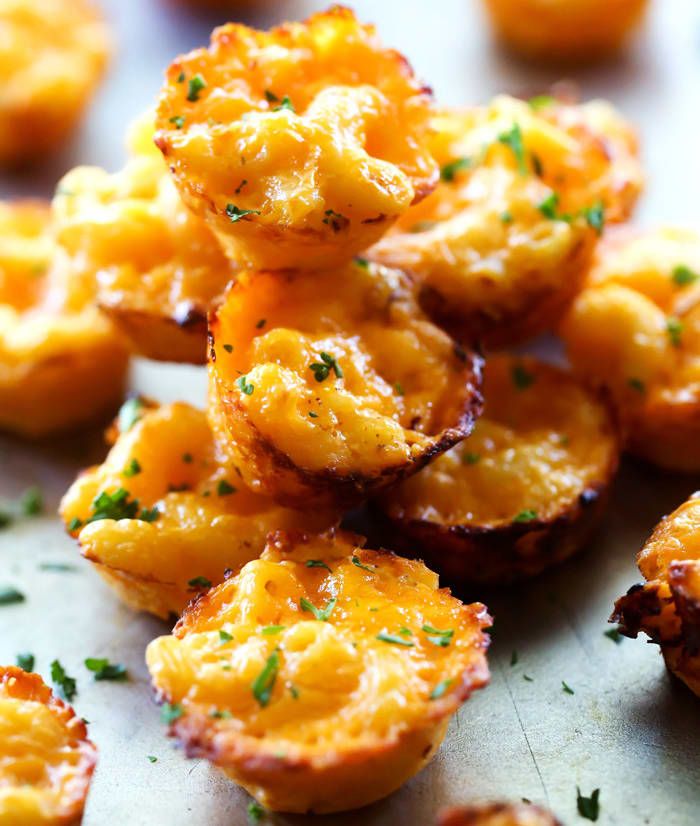 Aim to include some fat in most meals and protein in many too.
Aim to include some fat in most meals and protein in many too.Prepare the food, cutting into small pieces and/or mashing as needed to make the food easy to eat.
Start with small portions and allow more as baby indicates according to their hunger.
- Store leftovers in an airtight container for 3-5 days in the fridge.
- Many foods you cook for your family will work as baby finger foods—just be sure they are easy to squish between your fingers and the pieces are small and easy to chew.
- Babies very normally make a lot of faces when they eat, so don't assume they don't like something just because they scrunch their nose!
- Flavors and textures can take time to learn to eat, so continue offering foods in small portions even if baby hasn't liked them in the past—and make sure they taste good to you!
Calories: 124kcal, Carbohydrates: 14g, Protein: 7g, Fat: 4g, Saturated Fat: 1g, Polyunsaturated Fat: 1g, Monounsaturated Fat: 2g, Trans Fat: 1g, Cholesterol: 164mg, Sodium: 81mg, Potassium: 344mg, Fiber: 4g, Sugar: 5g, Vitamin A: 9857IU, Vitamin C: 18mg, Calcium: 51mg, Iron: 1mg
Tried this recipe?Rate in the comments and tag @yummytoddlerfood on IG!
Freezer-Friendly Finger Food Recipes for Babies (9-12 months)
Inside: These finger food recipes are perfect for babies 9-12 months. Each recipe can be made in advance and is freezer-friendly.
Each recipe can be made in advance and is freezer-friendly.
Hey mama, you’re absolutely going to LOVE the roundup I have for you today.
Each of these
finger food recipes are:- Easy to make
- Nutritious
- Make-ahead
- Freezer-friendly
- Baby and toddler-friendly
And, most of the recipes only require 4 simple ingredients.
Yes, you read that right. 4 ingredients.
Feeding a 9-12 Month Old Baby
By 9 months, most babies should be comfortable with eating a good variety of foods – and you may even find that your own anxiety about their eating has lessened (and if not, that’s totally normal as well).
At this point, your baby is likely better at manipulating foods with their fingers, which is why by 9 months old, most babies are ready for “finger foods”.
I say ‘most’ because all babies are different. Generally, your pediatrician will advise you on the best timeline for solids with your baby depending on their individual development and needs.
Generally, your pediatrician will advise you on the best timeline for solids with your baby depending on their individual development and needs.
Now, whether you started solids by using the baby-led weaning method or with traditional purees, by 9 months old, most babies will have moved on to using their pincer grasp (thumb & forefinger) – think: picking up a puff or a blueberry – which is a great time to try finger foods.
If you started with baby-led weaning (stick shape or handheld foods), now is a good time to transition to foods your baby can practice their pincer grasp with.
What should babies eat at 9-12 months?
Just as with any age, babies benefit from eating a wide variety of foods.
Remember that certain foods such as honey, cow’s milk, deli meat, and undercooked foods are not allowed and can be dangerous if consumed.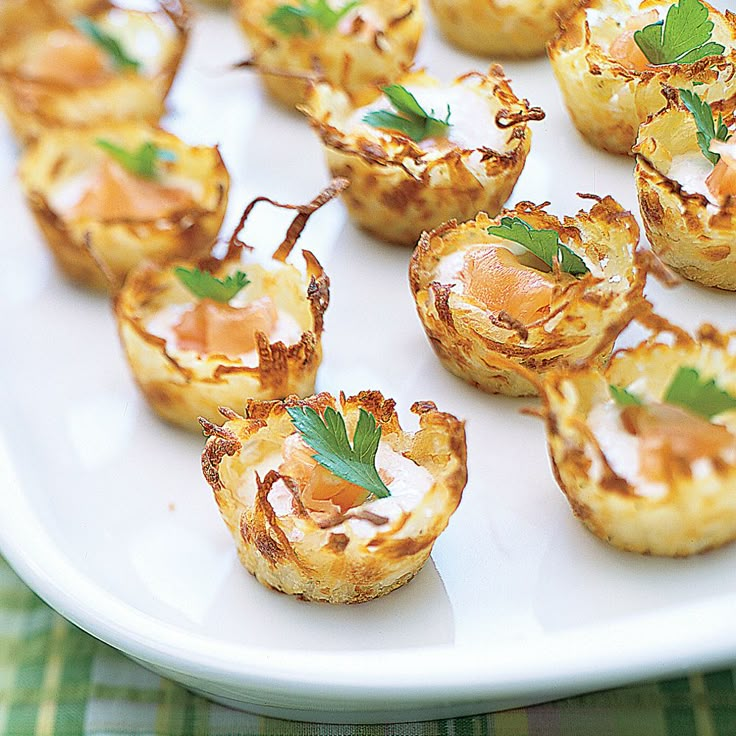
Some of my girls’ favorite foods between 9-12 months have been:
- Whole milk yogurt
- Raspberries, blueberries, and strawberries
- Scrambled eggs
- Roasted broccoli
- Fish sticks
- Hummus
- Shredded cheese
These ideas also help answer that all-important question of “what finger foods can you give a baby?” – raspberries, broccoli trees, and scrambled eggs are good examples of finger foods that will help your baby practice their pincer grasp (as seen above).
Read: Best Foods for Baby-Led Weaning 6-11 months
This post may contain affiliate links. You can read our full disclosure policy, here.
Freezer-Friendly Finger Food Recipes for Babies 9-12 Months
My favorite part about each of these recipes is that they’re simple, make-ahead friendly, and not only great for babies, but toddlers (and moms!) as well.
If you’ve ever wondered if you can freeze baby finger foods, the answer is YES and it will make your life so much easier.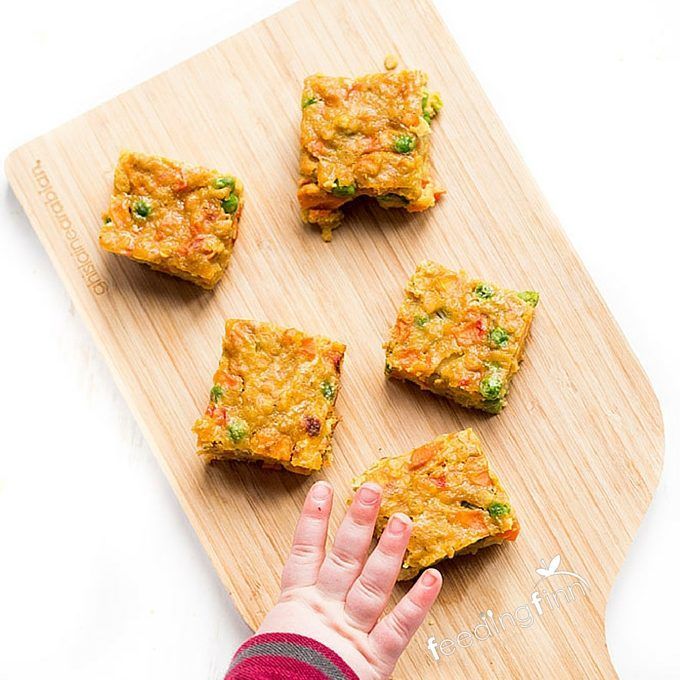
3 Ingredient Spinach & Banana Yogurt Melts
This is one of my OG blog recipes that has been shared all over the internet, which makes me very happy, because it’s SO easy to make and babies absolutely love them.
All you need is a blender + some spinach, banana, and yogurt!
Coconut Mango Yogurt Melts
A fun twist on my spinach & banana yogurt melts – these are just as easy to make in a blender – plus they taste amazing.
4 Ingredient Easy Cheesy Broccoli Bites
These are so addictive that when I make them, I end up eating most of them myself. The blog post has full instructions for how to freeze them, and you can easily reheat in the microwave, toaster, or air fryer.
My girls also loved these broccoli bites when they were toddlers as well.
4 Ingredient Mini Waffle Maker Omelets
Omelets in a waffle maker? Yes! Have you ever tried this? It’s unbelievably easy, they cook super fast, and you can meal prep a bunch at a time and load up the freezer with easy breakfasts for baby.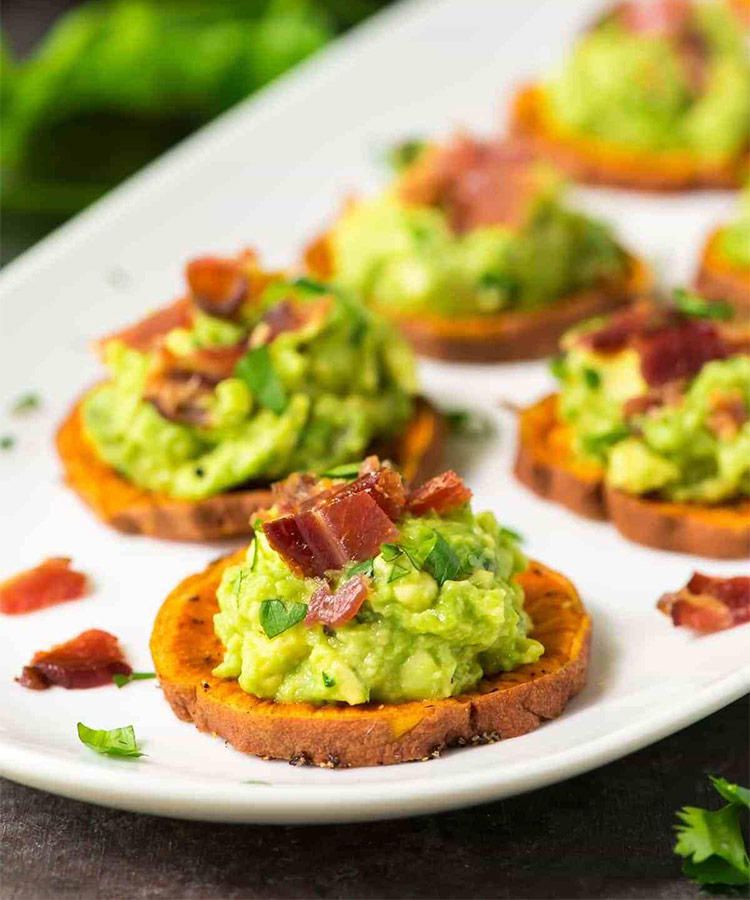
Mini Banana Oat Muffins
Soft and spongy, these mini oatmeal muffins are perfect for babies! You can cut them in half or serve whole and allow them to eat from their little fists. Serve with yogurt and fruit for an easy breakfast. This recipe makes a ton for the freezer.
Which of these finger food recipes would you try first?
Follow Marla on Instagram for more helpful baby feeding tips + meal ideas
What to Read Next:
- 1 Year Old Meal Ideas & Feeding Schedule
- Best Gluten-Free Foods for Baby-Led Weaning
- My 1 Year Old’s Daily Routine
ᐉ Recipes for children under one year old, with photos, step by step, for every day, pp recipes- food4baby.com.ua
- Recipes for children under one year old
Show: 12255075100
Lentil and Pumpkin Puree Soup Recipe for Children
Lentil and Pumpkin Puree Soup Recipe is suitable for children up to a year, a year and after a year.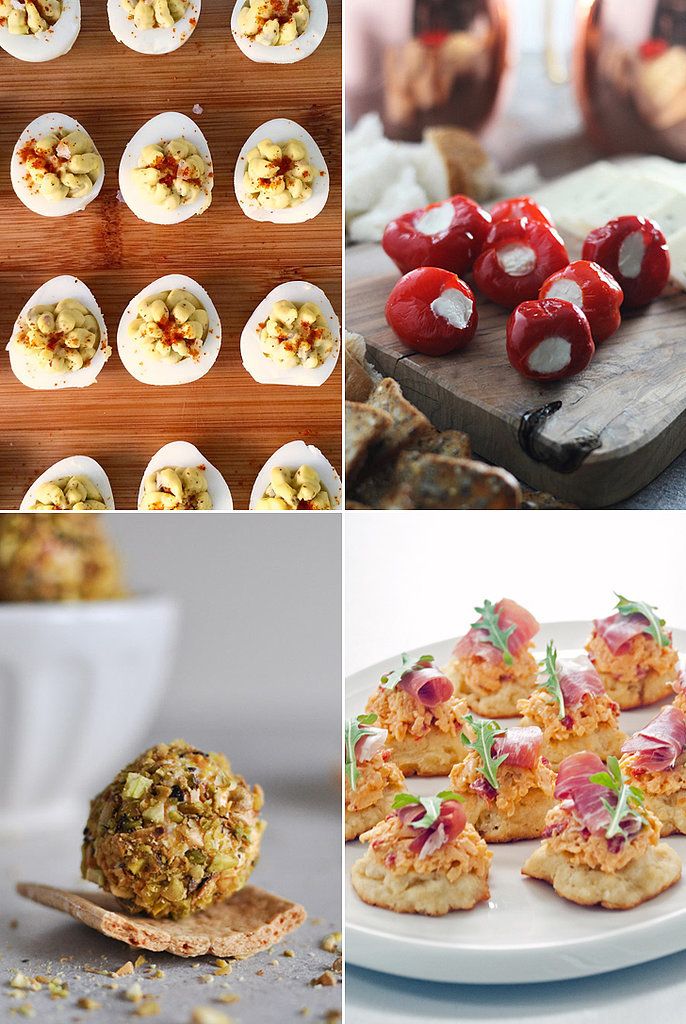 A good option for what to cook for lunch or dinner for a child and a common table. Lentil dishes ..
A good option for what to cook for lunch or dinner for a child and a common table. Lentil dishes ..
Steamed fish pancakes for children
Steamed fish pancakes for children are very tender and tasty. A good option is what to cook for lunch for a child up to a year, a year and after a year. From 18 months such a dish of fish and vegetables..
Sugar and flour-free apple and oat casserole for children
Sugar and flour-free apple and oat casserole for children is very easy to make. The casserole is soft and sweet, the main thing is to put a sweet apple. Don't know what to..
Recipe for buckwheat porridge with fish for children
Recipe for buckwheat porridge with fish for children will help diversify the menu with nutritious and tasty porridge. A good option is what to cook for lunch for a child up to a year, a year and after a year. Co..
Zucchini caviar recipe for children
Zucchini caviar recipe for children is simple and versatile. It can be prepared from both fresh zucchini and frozen ones. A good salad option for children up to a year, a year and after ..
It can be prepared from both fresh zucchini and frozen ones. A good salad option for children up to a year, a year and after ..
Carrot and prunes puree recipe for babies
Carrot and prunes puree recipe suitable for babies up to 1 year old from 6 months old. Delicate, sweet puree will definitely appeal to a child in the year and after the year. It can be eaten as a snack, or before..
Couscous porridge recipe with fish, spinach and vegetables for a child
Couscous porridge recipe with fish, spinach and vegetables will appeal to the whole family. The porridge cooks quickly. Thanks to fish and vegetables, it is nutritious and healthy. Spinach can be taken fresh or frozen..
Recipe for meat casserole with rice and steamed carrots for children
Recipe for meat casserole with rice and steamed carrots you will definitely like it. A good option is what to cook from meat for children up to a year, a year and after a year. The casserole is soft.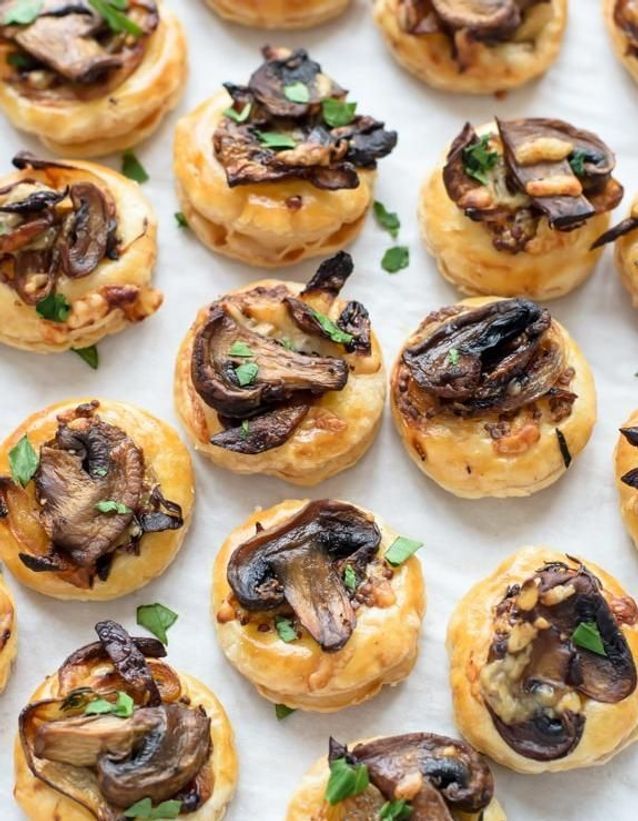 .
.
Recipe for an omelet with spinach and zucchini for children and mothers
Omelettes can be included in the child's menu after an egg has been introduced into complementary foods. The recipe for spinach and zucchini omelet is very simple and healthy, as it contains spinach. Omelet is obtained with..
Child nutrition up to a year - this is one of the most important questions that mothers have in the first year baby's life. According to WHO recommendations, complementary foods should be introduced from 5 months, if the child is bottle-fed and from 6 months, if the child is breastfed.
Products follow enter in the following order: vegetable mono puree (zucchini, broccoli, colored cabbage, carrots), dairy-free cereals (corn, buckwheat, rice, oatmeal), fruit purees. From 8 months, you can start introducing meat purees (rabbit, turkey, veal) and egg yolk.
When administered a new product should be monitored for the reaction of the child's body.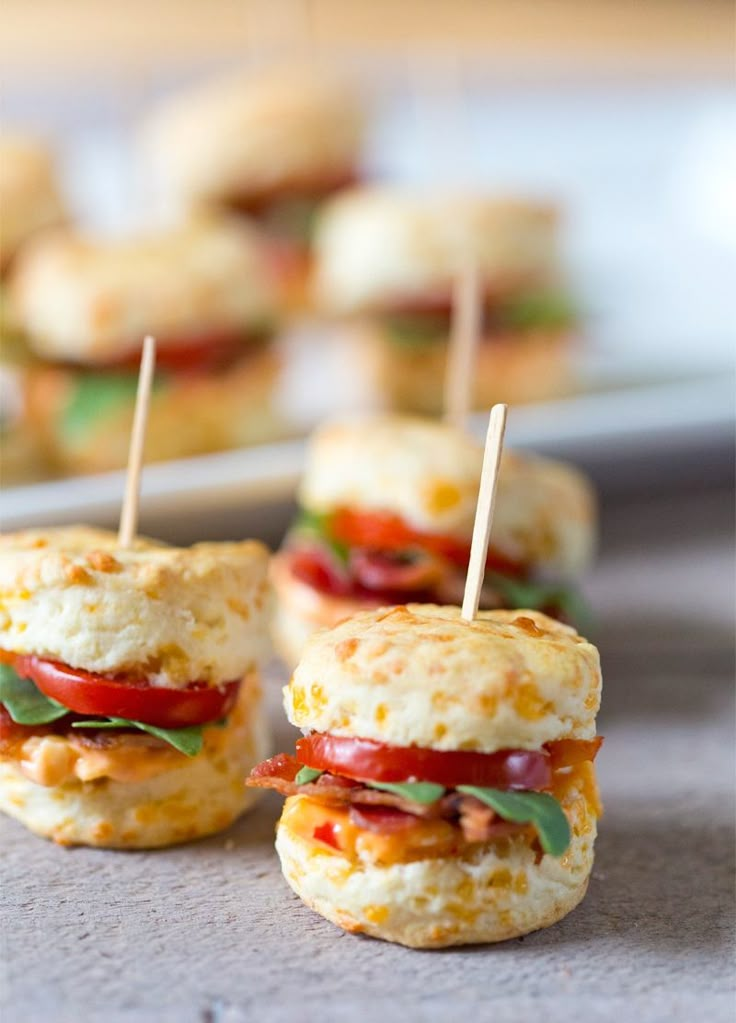 When allergic reaction, contact your pediatrician for advice.
When allergic reaction, contact your pediatrician for advice.
After injection vegetables, cereals and fruits, you can cook vegetable puree soups, fruit purees, cereals with fruit purees.
From 8-10 months soups and vegetable purees can be given a less tender consistency by grinding them through sieve or mash well with a fork. From 10 months, the child can be offered a finger complementary foods - small pieces of well-boiled vegetables and ripe fruits without peels (broccoli, potatoes, cauliflower, zucchini). So baby will learn to eat in pieces and develop fine motor skills of the hands.
Meals for children up to a year should be boiled, baked or steamed, without adding salt and seasonings.
On our website you you will find many options for what you can cook for a child up to a year old for breakfast, lunch, dinner, afternoon snack or snack. There are simple, tasty and healthy recipes for cereals, dishes from vegetables, meat and fish. Our recipes are very simple and quick to prepare, because a child under one year old needs constant supervision and care. mothers have very little free time.
mothers have very little free time.
You can make a menu for a child for the day or a week, saving the recipes you are interested in as favorites.
And most importantly, we always in touch! If you have any questions about the recipe, write in the comments under it and we will respond promptly.
We wish you baby have a good appetite! Baby food without outside help or any difficulty.
Finger food is a fun way to encourage the development of motor coordination and skills for biting, chewing and self-feeding. Food in pieces should be easy to grasp by children's fingers and long-term storage, and should not contain bones or seeds.
As soon as the child starts to take food with his fingers and send it to his mouth with reasonable hand-eye coordination, then the fun begins! Let your child experiment with soft snacks such as a banana or peach that can be “hand-mashed” to the right consistency. The more a child experiments with finger food, the faster he will masterfully feed himself.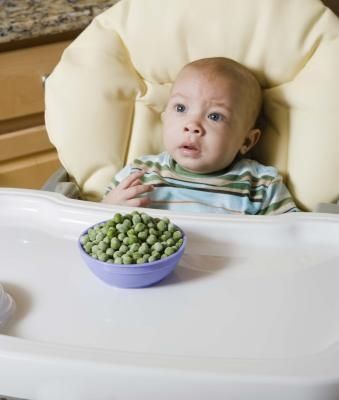
Finger food helps keep a child's food interest. As soon as he begins to feed himself on his own, then new taste horizons open up for him. What child refuses to try to bring the product to his mouth on his own, even if he didn’t really like it before.
Contents:
Very often mothers think at what age should they give finger food to their baby.
Honestly, even for me it's a difficult question. It's just that sometime between eight and nine months, the baby began to eat small pieces of food. The change in the consistency of food by age is very well described in the WHO recommendation, so it should be guided by.
Consistency of food up to a year. Click on me!!!
However, you should not do it blindly and try to feed the baby in pieces at a certain age, perhaps he will not be ready yet. Children are all different, some want food in pieces, almost from the beginning of complementary foods, others are not ready for lumpy food for up to a year or more. Therefore, any decision on finger food is made based on the child and his readiness. An excellent preparation for finger food is a nibbler, which will prepare the child for lumpy food.
Therefore, any decision on finger food is made based on the child and his readiness. An excellent preparation for finger food is a nibbler, which will prepare the child for lumpy food.
The child has no teeth
Click me!!!A baby's gums are incredibly strong, as is the tongue, so the number of teeth is not an indicator of whether to give finger food or not. If the decision has been made to start complementary foods and the baby is doing well with mashed foods, then you can safely start giving small pieces of soft food when the baby is ready for it. At this stage, it is important to let the child try to eat food of a different consistency, more complex, in order to train the maxillofacial apparatus. Thus, the child gradually prepares for the full chewing of food with the help of the entire jaw, teeth and tongue.
Knowing if finger food is safe for a child
A good rule of thumb to help prevent choking is to avoid anything hard (e.g. raw carrots), round (e. g. whole grapes), sticky (e.g. , spoon of nut butter) or too much gummies (such as gummies). At first, the child is given pieces of food in the form of sticks, which can be easily clamped in the child's chick, later, when the child begins to control the finger grip better, you can move on to cubes. At first, finger food should be soft, boiled and melt in your mouth. As a child learns to manage with such products, it is possible to complicate the task and switch to fresh soft foods, etc.
g. whole grapes), sticky (e.g. , spoon of nut butter) or too much gummies (such as gummies). At first, the child is given pieces of food in the form of sticks, which can be easily clamped in the child's chick, later, when the child begins to control the finger grip better, you can move on to cubes. At first, finger food should be soft, boiled and melt in your mouth. As a child learns to manage with such products, it is possible to complicate the task and switch to fresh soft foods, etc.
Foods that squeeze easily between fingers are good for older children and for younger children. Around 16-18 months, many babies are ready for more complex textures. During this period, cutting food into pea-sized pieces is also a good idea - many babies tend to put large pieces of food in their mouths, so small cubes are used to avoid choking. We always adjust the sizes of products according to the age and eating experience of our own child.
Usually the first finger food is biscuits or baby biscuits, which are very soft and dissolve easily in the mouth. The baby first sucks it, procrastinates, and learns to roll pieces of food in the mouth with the help of the tongue. A little later, when the teeth appear, you can give the product a little harder, for example, a soft apple, some parents play it safe and give a baked apple without a peel. Later, as new foods, vegetables and fruits are introduced into complementary foods, they are offered in the form of finger food, such as boiled broccoli or cauliflower. In general, the child can be offered almost all products in the form of finger food, which is introduced into baby food.
The baby first sucks it, procrastinates, and learns to roll pieces of food in the mouth with the help of the tongue. A little later, when the teeth appear, you can give the product a little harder, for example, a soft apple, some parents play it safe and give a baked apple without a peel. Later, as new foods, vegetables and fruits are introduced into complementary foods, they are offered in the form of finger food, such as boiled broccoli or cauliflower. In general, the child can be offered almost all products in the form of finger food, which is introduced into baby food.
Should the product be peeled or not?
We give an apple to a child without a peel. The first finger foods in the form of vegetables and fruits are given without skins. Yes, the skin of many fruits and vegetables contains valuable nutrients. It is often recommended to leave the skin on in order to take full advantage of the nutrients contained in the product. But removing the top layer from fruits and vegetables helps reduce the amount of pesticides that may be in the product. Peeling fruits and vegetables helps avoid choking hazards due to the rough texture of the skins. The peel also usually sticks to the palate in the child's mouth, thereby hindering him, and can be there for a long time, and when the child swallows, the probability of choking in the absence of an adult nearby is higher. Getting rid of the skin at the beginning of complementary foods also helps prevent disorders
Peeling fruits and vegetables helps avoid choking hazards due to the rough texture of the skins. The peel also usually sticks to the palate in the child's mouth, thereby hindering him, and can be there for a long time, and when the child swallows, the probability of choking in the absence of an adult nearby is higher. Getting rid of the skin at the beginning of complementary foods also helps prevent disorders
digestion. And we also take into account that there are some vegetables and fruits, such as pumpkin and avocado, which need to be peeled, because their peel is really inedible. It is not worth getting rid of the product from the peel for a long time, only at first. Usually the first couple of months of complementary foods and exposure to finger food. Then the product with the peel is given to the child in the presence of an adult, after which it is advisable to check the baby's mouth to see if he swallowed everything.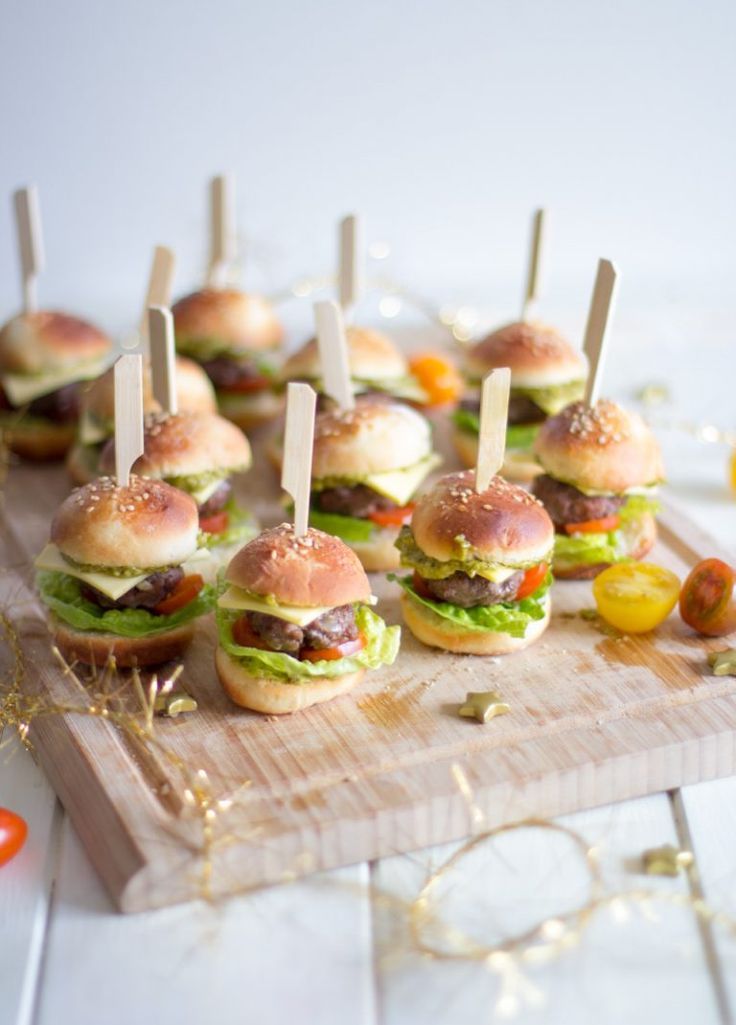 Forcibly open your mouth should not be, play the game "Show your tongue or where are your teeth." By the age of 1.5, the child copes well with the peel of fruits and vegetables, if it is too rough, then it easily spits it out.
Forcibly open your mouth should not be, play the game "Show your tongue or where are your teeth." By the age of 1.5, the child copes well with the peel of fruits and vegetables, if it is too rough, then it easily spits it out.
Choking
The presence or absence of teeth does not mean that a child can chew. Sometimes children can bite off a piece of food, try to swallow it whole and choke, so never leave a child alone while eating. Some children can store food in their mouths like hamsters, so we always check to make sure the child has swallowed everything before leaving the kitchen. You can read the article on suffocation here.
Our finger foods
At first I gave biscuits to my first child, later I switched to a fresh apple, mostly fresh fruit, he sucked and procrastinated more than he ate. Later, food appeared in the form of a toy, i.e. we crumbled it, crushed it, and sometimes something got into our mouths. However, since breast milk is always given at the end of complementary foods, I was not too worried about whether the baby was full or not.
With the second child, finger food was a gradual transition from the nibbler. We used it for about a month, then I ventured to give the first pieces of food. But to be honest, the child himself tried the first pieces of food, namely, he stole an apple and took a bite. The first experience of finger food is always scary, because at first the child often coughs and spits out food, he is learning, so it is important to be with the child, if something goes wrong, then the parent will be able to provide first aid. I remind you that the child is suffocating quietly, not a single sound. If he coughs, clears his throat, then everything is within the normal range, you need to help get rid of the food that interferes. Rules for helping with choking know before introducing finger food into complementary foods. It is imperative to look and study, and then give a new consistency of complementary foods.
Of course, at first, only one type of finger food is placed in front of the baby, later a plate is bought, divided into three to five sections, which is filled with finger food.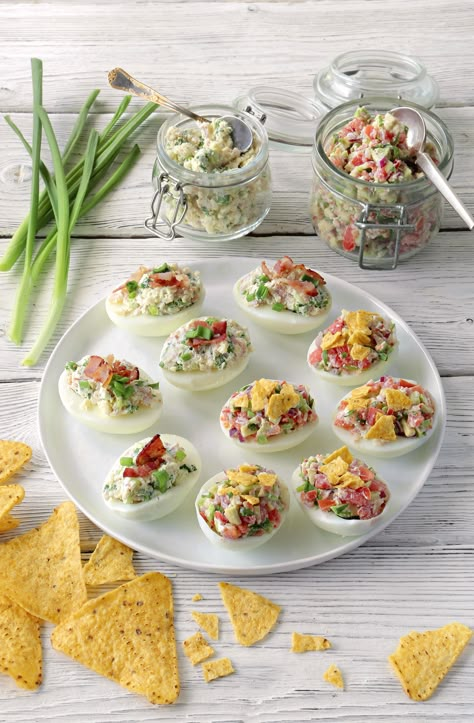 The baby is already given a choice of what to eat, so you can easily determine the taste preferences in nutrition.
The baby is already given a choice of what to eat, so you can easily determine the taste preferences in nutrition.
Finger food quick hacks
- The first finger food should be well kneaded between the gums.
- Pieces should be age-appropriate - do not offer 8-month-old baby whole eggs .
- If the child cannot raise his head and sit up without help, do not offer him finger food.
- The child should always sit in an upright position, not walk, especially at the first meeting, when he is offered baby food in the form of pieces, to avoid suffocation.
- NEVER leave your child unattended when serving finger food.
Examples of finger food
The first finger food is a biscuit or a baked apple. Those. food that does not need to be chewed, it melts easily in the mouth without additional help from the child. You can start with foods that have been well received by the child in a pureed form on a spoon, serving them in convenient cubes or pieces - pea-sized for harder items, stick or wedge-sized for softer foods.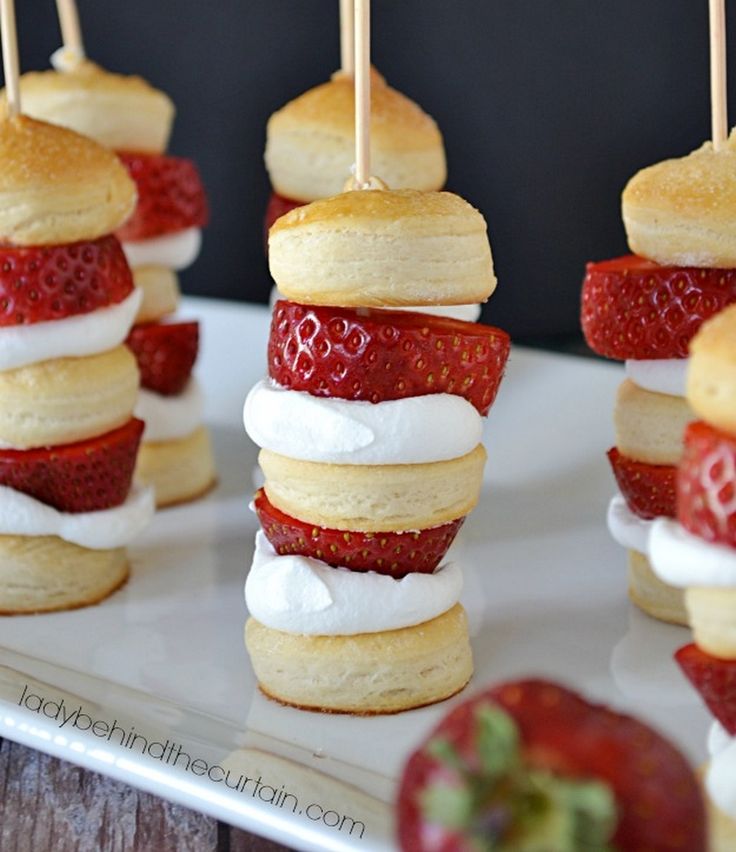
Examples of finger food are:
Click me!!!- pieces of soft bread or crackers
- Soft cheese, Chedder or Mozarella
- Banana
- ripe pears without a peel 9000 carrots
- Boiled potatoes
- Boiled green peas
- Boiled pumpkin
- Boiled fish
- Boiled meat in the form of meatballs
- Pasta
- Quail eggs, etc.
*All products must be familiar to the child or introduced into complementary foods.
Finger foods to avoid
When it comes to feeding your baby with food pieces, the biggest problem is preventing choking. So we do not allow him to eat anything without the presence of parents or any adult nearby. And we exclude any food that can get stuck in the child's airways:
Click on me!!!- Popcorn,
- Nuts, peanuts,
- raisins and other dried fruits,
- raw vegetables (for example, carrots),
- Grapes,
- Cherries without bones,
- solid fruits and vegetables with a peel of
- Chewlings
- popcorn, pretzels, corn chips and other snack foods
- marshmallows, etc.
